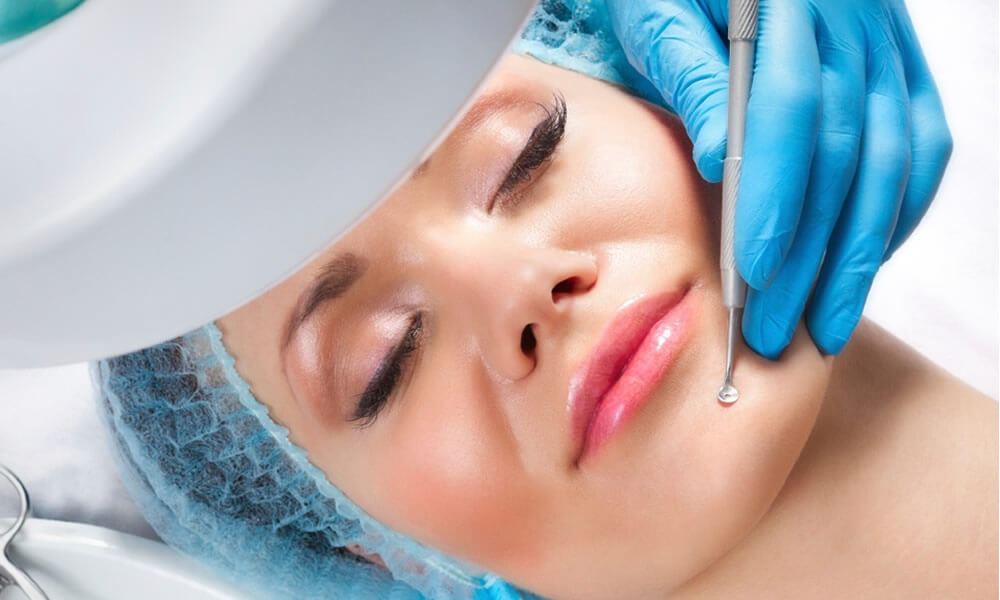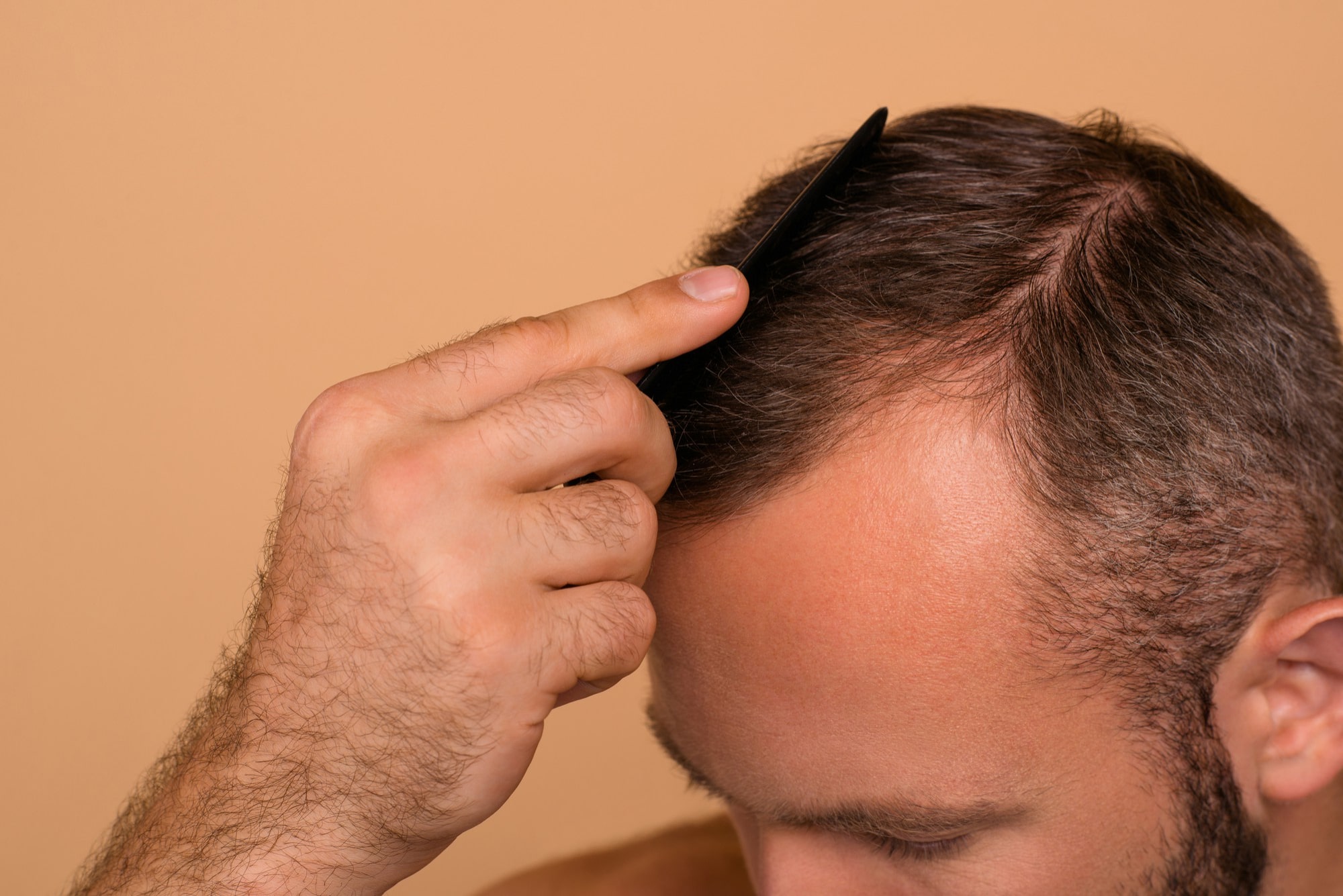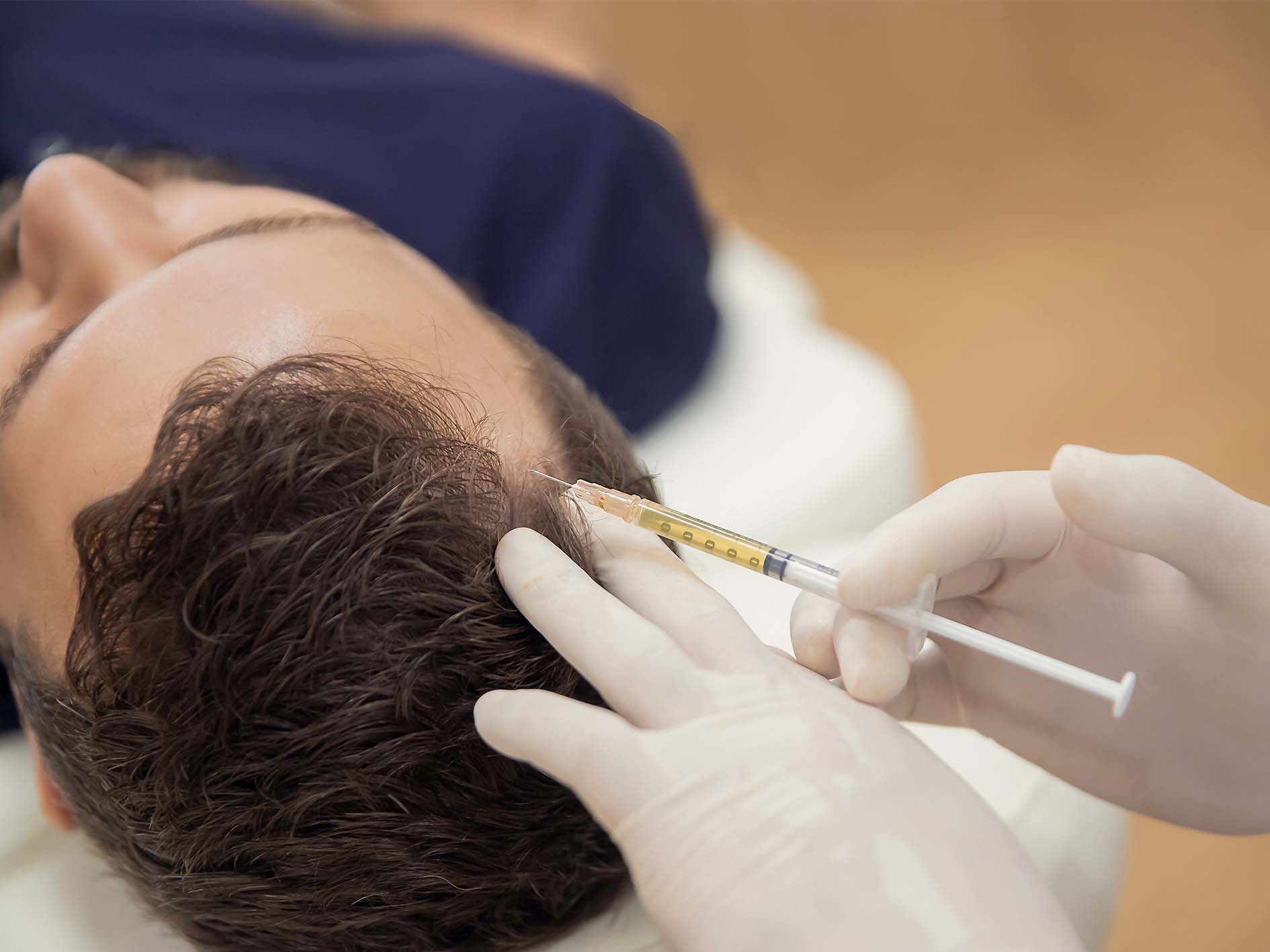This includes all walk in procedures to get rid of the cosmetically disfiguring lesions of skin, scars and nails
Nail surgeries: for ingrowing toe nails, and nail removal for chronic fungal infections and also other nail biopsies
Why do some scars become bad ?
Scarring depends on
- Size, depth, and location of the wound
- Your age, genetic influences
- Skin characteristics, such as color (pigmentation)
When is the right time to correct a scar ?
Scars shrink and become less noticeable as they age. You may be able to wait to have surgery until the scar lightens in color. This can be several months or even a year after the wound has healed. For some scars, it is best to have revision surgery 60 to 90 days after the scar matures. Each scar is different.
What are the surgical ways to improve the appearance of scars?
- The scar may be removed completely and the new wound closed very carefully.
- Dermabrasion involves removing the upper layers of the skin with a special wire brush called a burr or fraise. New skin grows over this area.
- Z-plasty may re-orient the scar so that it more closely follows the natural skin folds.
- Skin grafting or Skin flap when the main concern is improved function rather than improved appearance.
- Tissue expansion is atechnique whereby the nearby available skin is slowly stretched and expanded over a period of time and then utilised to correct the primary defect or scar
What is A keloid?
- It is an abnormal scar that is thicker and of a different color and texture than the rest of the skin. Keloids extend beyond the edge of the wound and are likely to come back. They often create a thick, puckered effect that looks like a tumor.
What precautions to be taken after Keloid Surgery ?
For keloid revision, a pressure or elastic dressing may be placed over the area after the operation to prevent the keloid from coming back.
Most people can resume normal activities soon after surgery. Your doctor will likely tell you to avoid activities that stretch and may widen the new scar.
Apply sunscreen to keep sunlight from permanently tanning the healing scar.
Warts and skin tags removal:
Most lesions are removed using a scalpel under local anaesthetic, which means you will be awake, but the area will be completely numb. It is most often performed as an out-patient or day-case procedure. There is normally no need to stay in the hospital overnight. Other techniques include applying chemical treatments or freezing the skin. Sometimes a laser is used to destroy the lesion while skin tags may be simply snipped off with surgical scissors.








